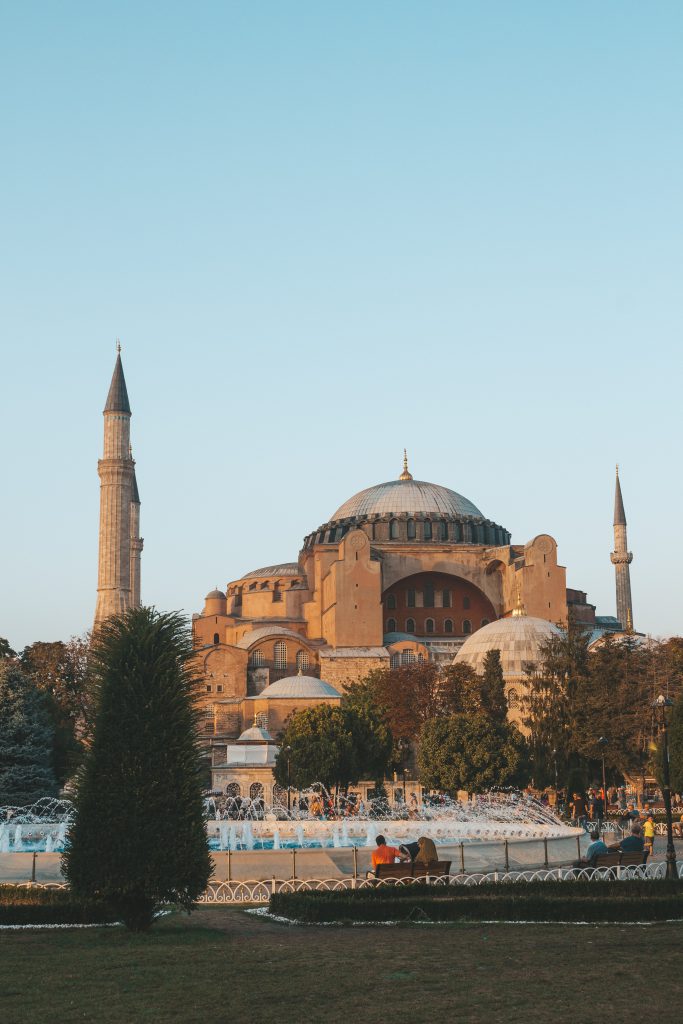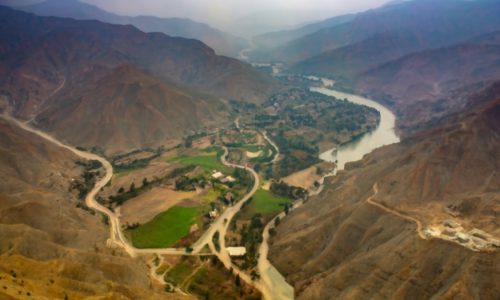There is a need to provisionally suspend the traditional periodization of history as ancient, medieval, and  modern and instead take the 11th century CE as the point of departure for the modern global rise and dominance of the West. Doing this allows us to see first that the 11th century marked a reversal of almost a 600-year long decline of the western civilization that had set in with the fall of Rome in the beginning of the 5th century CE. Second, one is astonished by the twin presence of growth fueled by massive cultural diffusion and incessant large-scale conflict during this 1000-year rise. Third, this millennial quest for dominance can be further divided into three phases.
modern and instead take the 11th century CE as the point of departure for the modern global rise and dominance of the West. Doing this allows us to see first that the 11th century marked a reversal of almost a 600-year long decline of the western civilization that had set in with the fall of Rome in the beginning of the 5th century CE. Second, one is astonished by the twin presence of growth fueled by massive cultural diffusion and incessant large-scale conflict during this 1000-year rise. Third, this millennial quest for dominance can be further divided into three phases.
The first phase of this millennial rise, lasting from the beginning of the 11th till the end of the 15th century, led to the Crusades against the Muslim Middle East. On the political front, this phase culminated in 1492 in the end of Muslim rule in the Iberian Peninsula in what is called Reconquista or reconquest. The first four centuries of this long period consisted of a creative explosion of East-West diffusion of ideas and innovations. Arguably, the defining moment of this diffusion was the more or less wholesale European adoption of the university-based model of higher education of the Muslim world that is still the dominant global model of higher learning.
The middle or second phase of this rise from the end of the 15th till the end of the 19th century resulted in the global maritime exploration and large-scale colonization based on the violent and ruthless subordination of non-western cultures and societies. This phase also saw the beginning of the West-East diffusion.
The third phase from the dawn of the 20th century till its end led to two world wars and the long hegemonic struggle epitomized by the Cold War. These 1000 years of Western rise to global dominance have been marked by internecine intra-European conflict or rivalry. Even the first two decades of the 21st century have proven to be no exception to this millennial agonistic trend.
Almost all major contemporary conflicts and flash points in Middle East, South Asia, and South China Sea can  be directly or indirectly traced to the Western drive for global dominance. Inquisition, slavery, colonization, racism, sexism, communist and fascist totalitarianism, territorial conflict, genocides and pogroms, systemic exploitation of the weak by the powerful, the Holocaust, the Gulag, and terrorism have been some of the terrible socio-political spin-offs of this drive.
be directly or indirectly traced to the Western drive for global dominance. Inquisition, slavery, colonization, racism, sexism, communist and fascist totalitarianism, territorial conflict, genocides and pogroms, systemic exploitation of the weak by the powerful, the Holocaust, the Gulag, and terrorism have been some of the terrible socio-political spin-offs of this drive.
This does not mean at all that this drive did not lead to massive social, economic, political, and technological progress leading to big improvement in the global standard of living. There were also positive cultural, political, economic, and ideological transformations like the Renaissance, Reformation, Enlightenment, Industrial Revolution, decolonization, and the right to self-determination during the last millennium. However, what should be remembered is that global progress during this period has been largely uneven and subordinated to the main trend of conflict and domination by force.
A crucial constant of the West-dominated millennium has been the double movement of domestic growth and regional or global instability. This essentially means that almost each major episode of national economic growth and development resulted in sharp inter-state conflict. During this period, states typically focused on development solely for success or survival in competition with other states.
There was inter-state conflict even before the modern rise of the West but the security competition in the Western inter-state system was more chronic and more intense than anything that had preceded it. With the internationalization of the western inter-state system after the Treaty of Westphalia in 1648, inter-state conflict also became globalized and normalized.
In the case of Pre-World War II rise of countries like fascist Germany and communist Russia, domestic development witnessed large-scale domestic repression. It is noteworthy, that the logic of India’s contemporary economic rise is very similar to these two cases wherein increase in state power fueled by economic growth is used to literally kill dissent. Systemic repression and liquidation of domestic minorities, especially Muslims, as well as low-caste Hindus on the one hand, and sharp regional instability on the other, are the two dangerous outcomes of India’s post-growth behavior.
Another constant of this long period is that while many regions and states became dominant during the last 1000 years, Muslim countries collectively displayed an inexorably downward spiral. Even the rise of the Ottomans between 14th and 16th centuries took place within the larger context of the decline of Muslim societies and the global rise of the West. It can, at best, be seen as a determinate rise within the systemic context defined and dominated by the West.) https://researchblog.nust.edu.pk/shun-power-politics-for-sustainable-development/
On the other hand, countries like China suffered decline in their positions of strength during this period but have somehow managed to rise again. Muslim countries, however, have not been so fortunate. Muslim states, in oblivion of the major Islamic principles of justice, fairness, rationalism, equality of humankind, kindness, peace, and individual freedom, continue to play the game of power politics as secondary actors in the international system.
Since the rise of various countries during the last 1000 years has not led to global peace, harmony, and well-being for all, can one pose the question whether the collective development of Muslim countries guided by the prioritization of the above-mentioned key Islamic principles can reverse the millennial trend of the correlation of domestic growth and inter-state conflict?
If the answer to this question is in the affirmative, it may have a major stabilization effect on both the East and the West as well as the North and the South because of the central geographical position of the bulk of the Muslim countries. How soon this zone of global stability comes about depends upon how soon Muslim states develop comprehensively by collectively transcending power politics and also persuading the world to abandon it. However, it must be mentioned that the likelihood of this coming about is extremely slender.
 The author heads Research and Analysis at the NUST Institute of Policy Studies (NIPS) and can be reached at ali.shah@nust.edu.pk.
The author heads Research and Analysis at the NUST Institute of Policy Studies (NIPS) and can be reached at ali.shah@nust.edu.pk.




